Even if you’ve only got a small garden, you absolutely can grow vegetables–just not all of them. The first step to having a thriving yet miniature vegetable patch is to understand which vegetables are off-limits, and admittedly, there are many. However, simply learning about this is a step in the right direction, so help you narrow down your options, here are some vegetables that will never thrive in small spaces.
Pumpkin
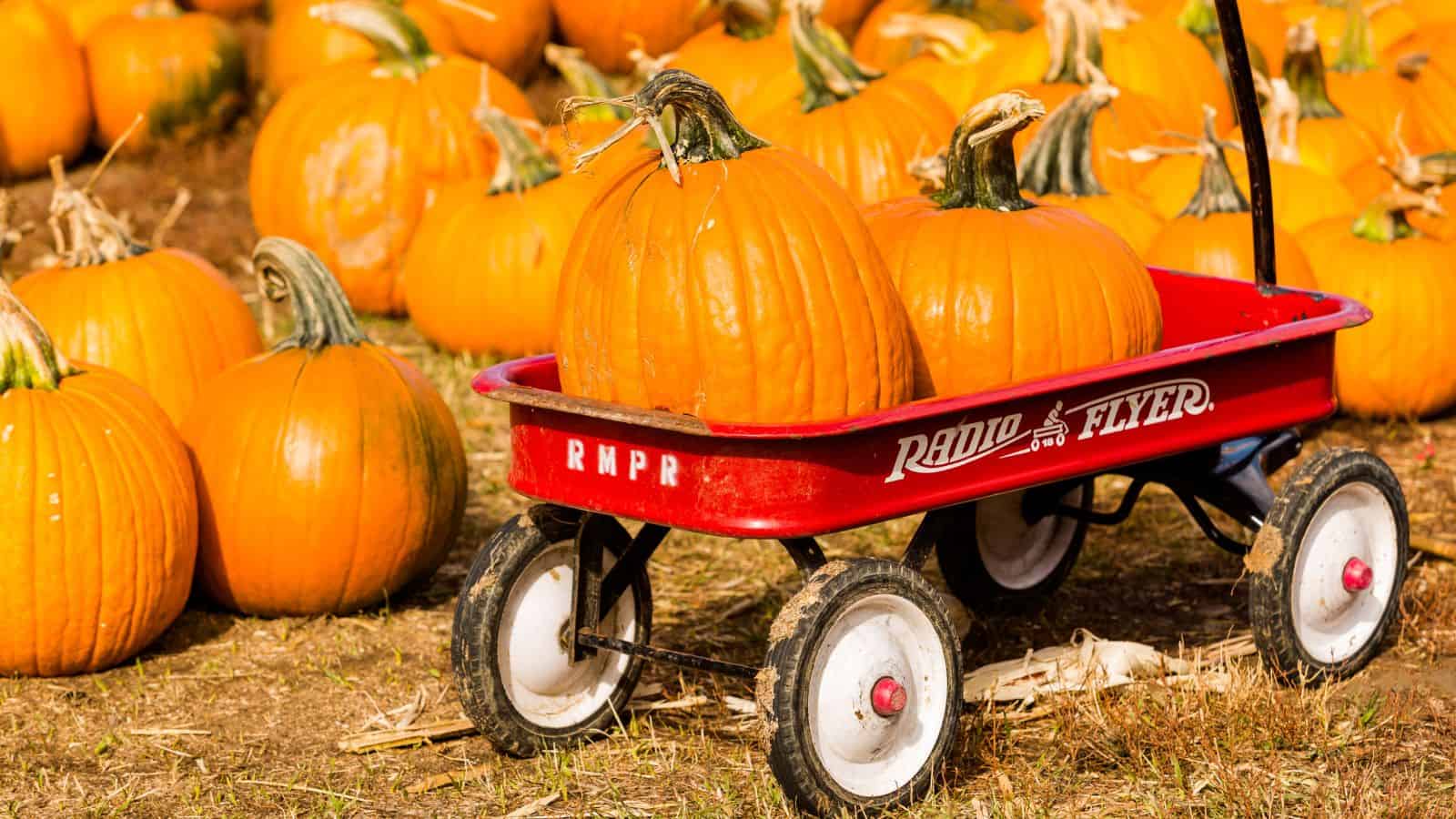
It really shouldn’t be too surprising that pumpkins aren’t suited for being grown in small spaces–just look at the size of them! These sprawling giants need extensive ground space to grow properly, preferably at least three feet for each pumpkin, especially considering that their vines can stretch across several feet, quickly overrunning small garden beds or containers. Sadly, without adequate room, they struggle to produce fruit and may yield only tiny pumpkins or none at all.
Watermelon
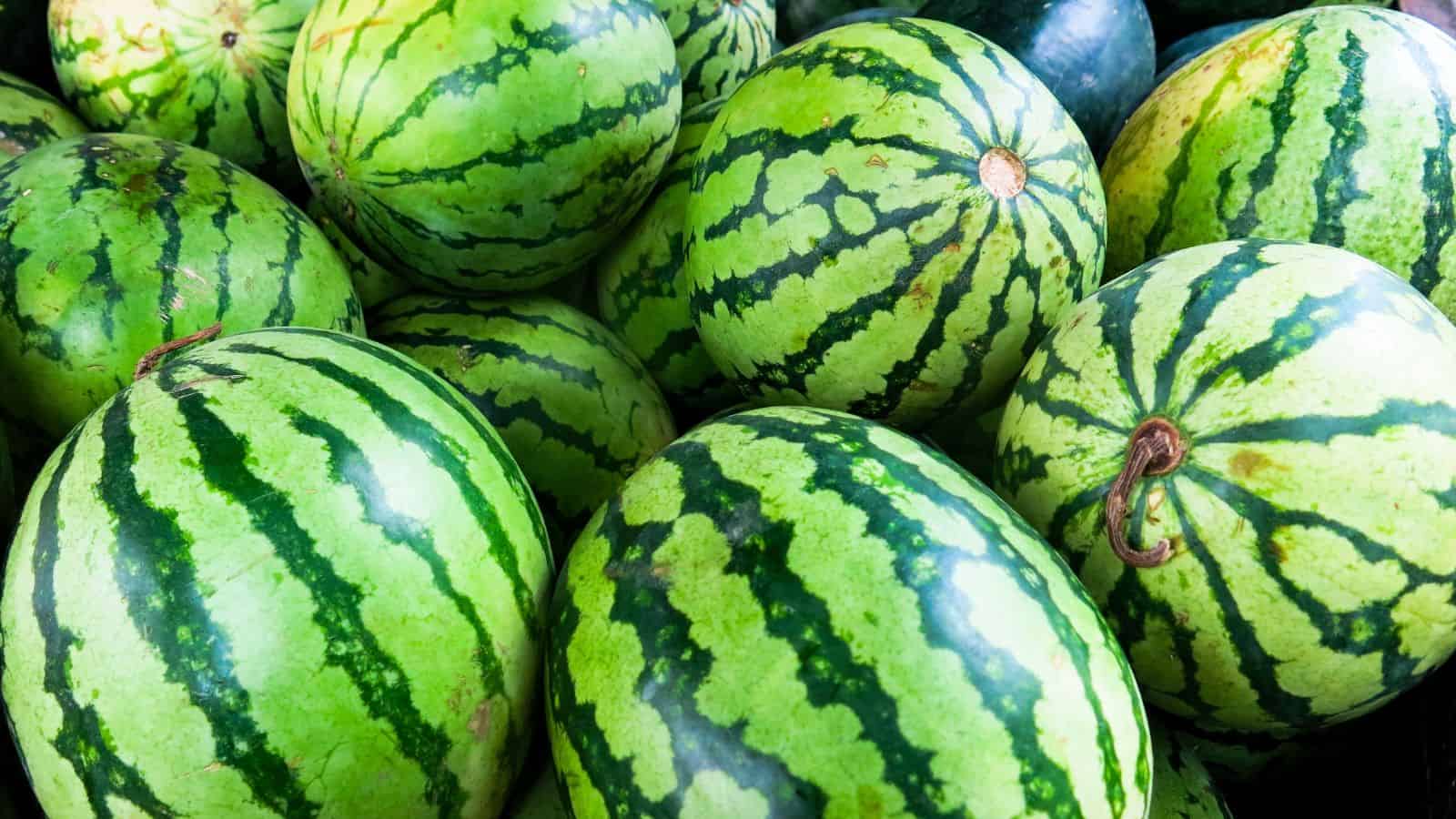
Just like pumpkins, watermelons love to spread out, with vines that wander and leaves that need to capture lots of sunlight. Their roots also demand depth and plenty of room to anchor their heavy fruits. Because of this, crowding watermelon plants in small spaces is never a good idea, and will inevitably lead to weak vines and small, unsweetened fruit.
Corn
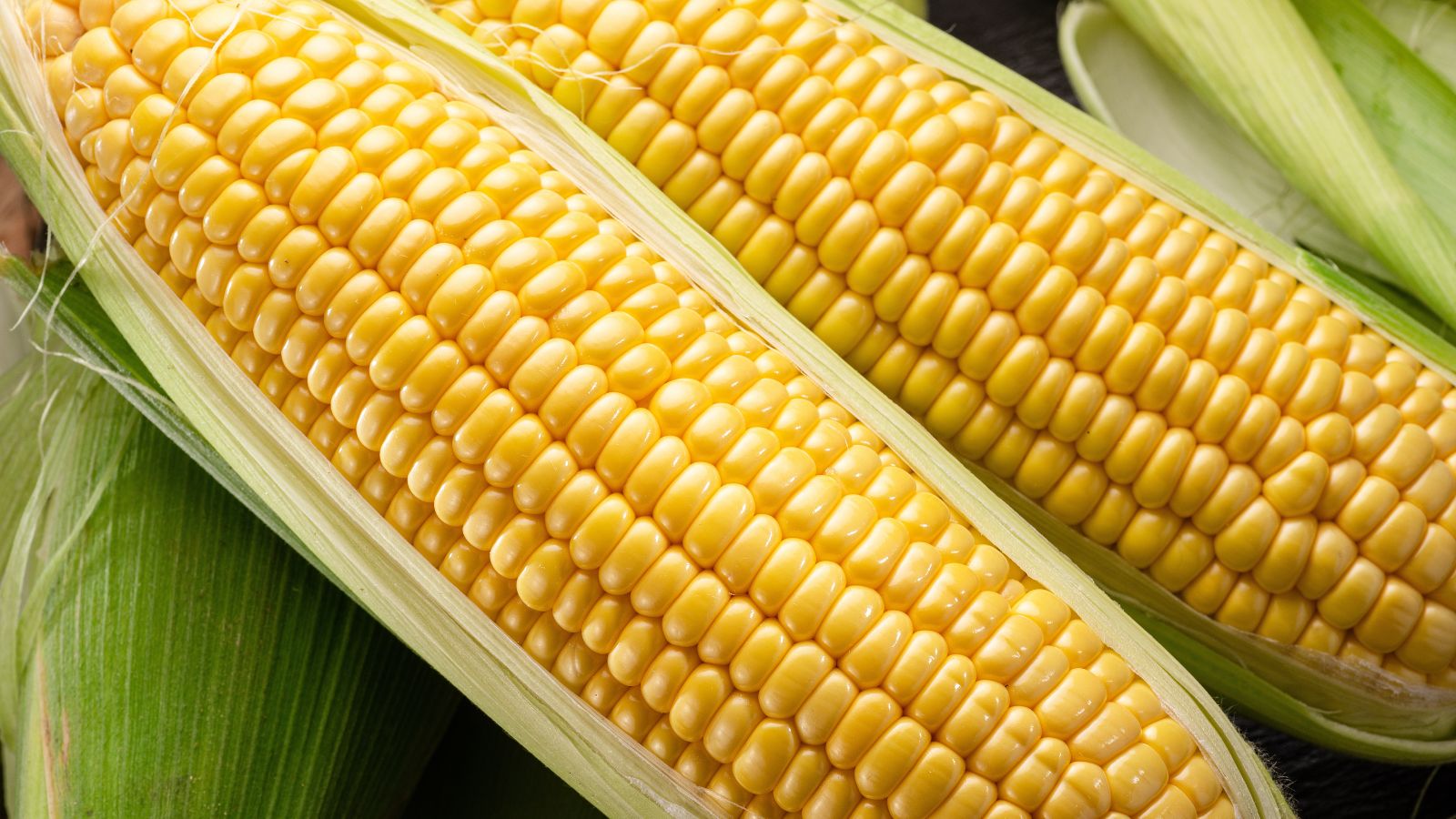
Whereas pumpkins and watermelons grow across wide spaces, corn is more focused on growing tall in clusters to ensure proper pollination. This means that, in tight quarters, the stalks can’t reach their full height, and the ears will form poorly, often staying stunted. Ultimately, if you don’t give corn plenty of room to grow both upward and outward, its productivity will suffer greatly, and you’ll miss out on those juicy, sweet kernels.
Butternut Squash
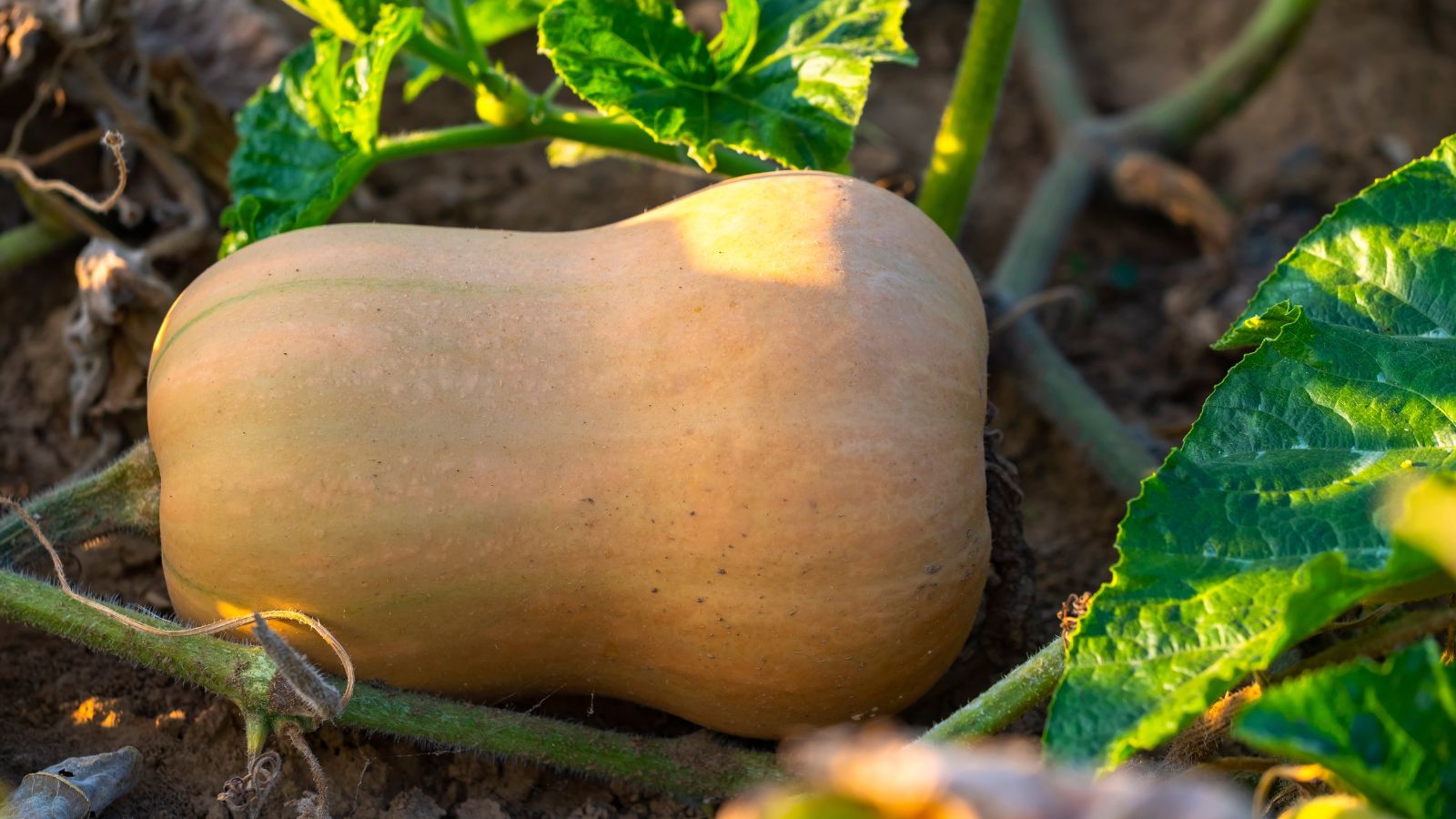
Like most squash varieties, butternut squash is a vining plant that craves wide, open spaces. Its vines stretch and wind, and as a result of this, crowded conditions lead to stress and poor fruit development. Unfortunately, small containers or cramped beds just aren’t suitable for butternut squash, and they’ll most definitely limit root expansion and sunlight exposure, leaving you with undersized or no squash at all.
Cabbage
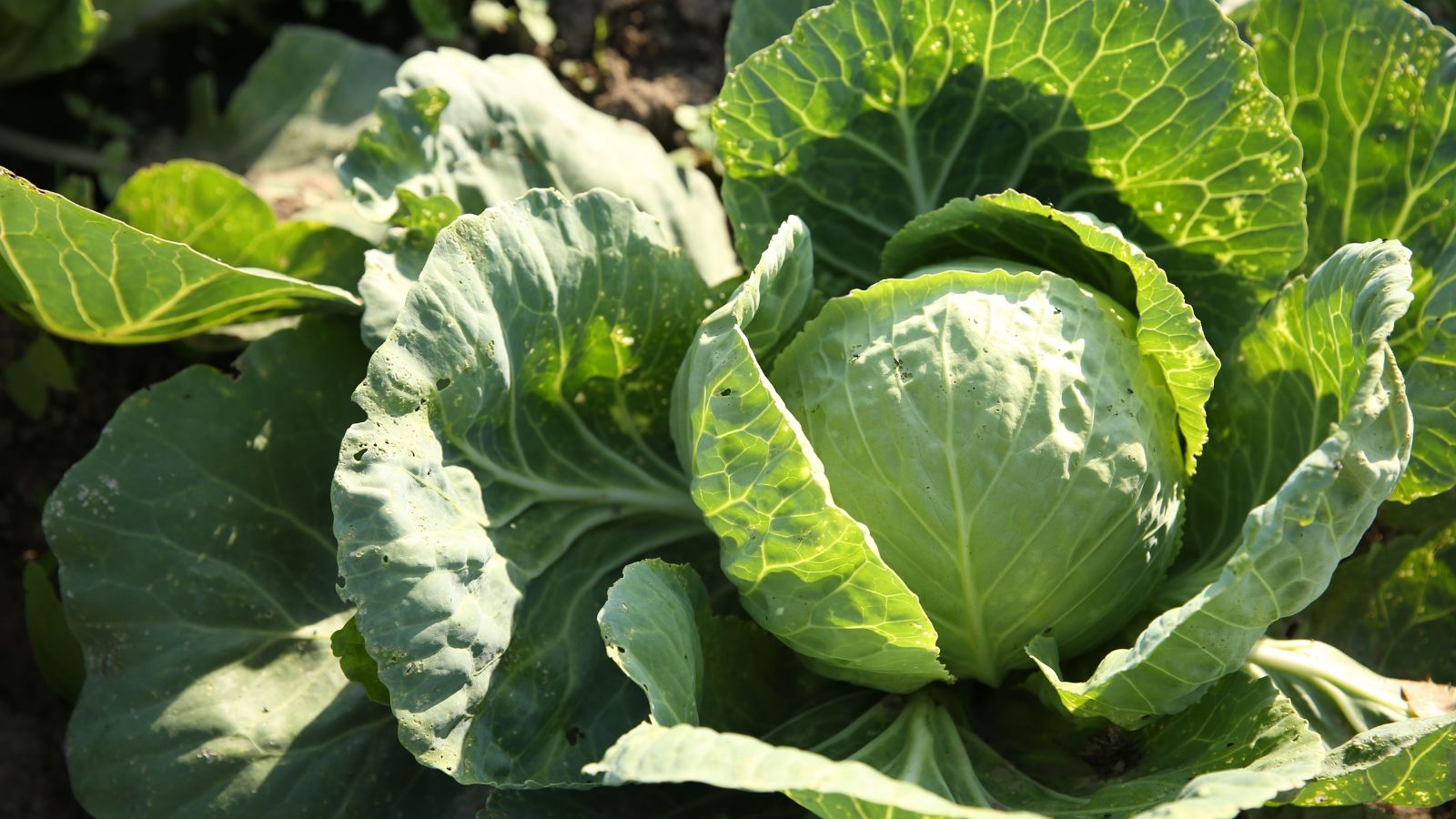
Even though some compact varieties of cabbage plants can adapt to container gardening, most cabbage benefits significantly from having extra space. Even compact types tend to lead to smaller heads in confined spaces, so overall, cabbage will only truly thrive if it has room to spread its leaves and gather nutrients effectively.
Cauliflower
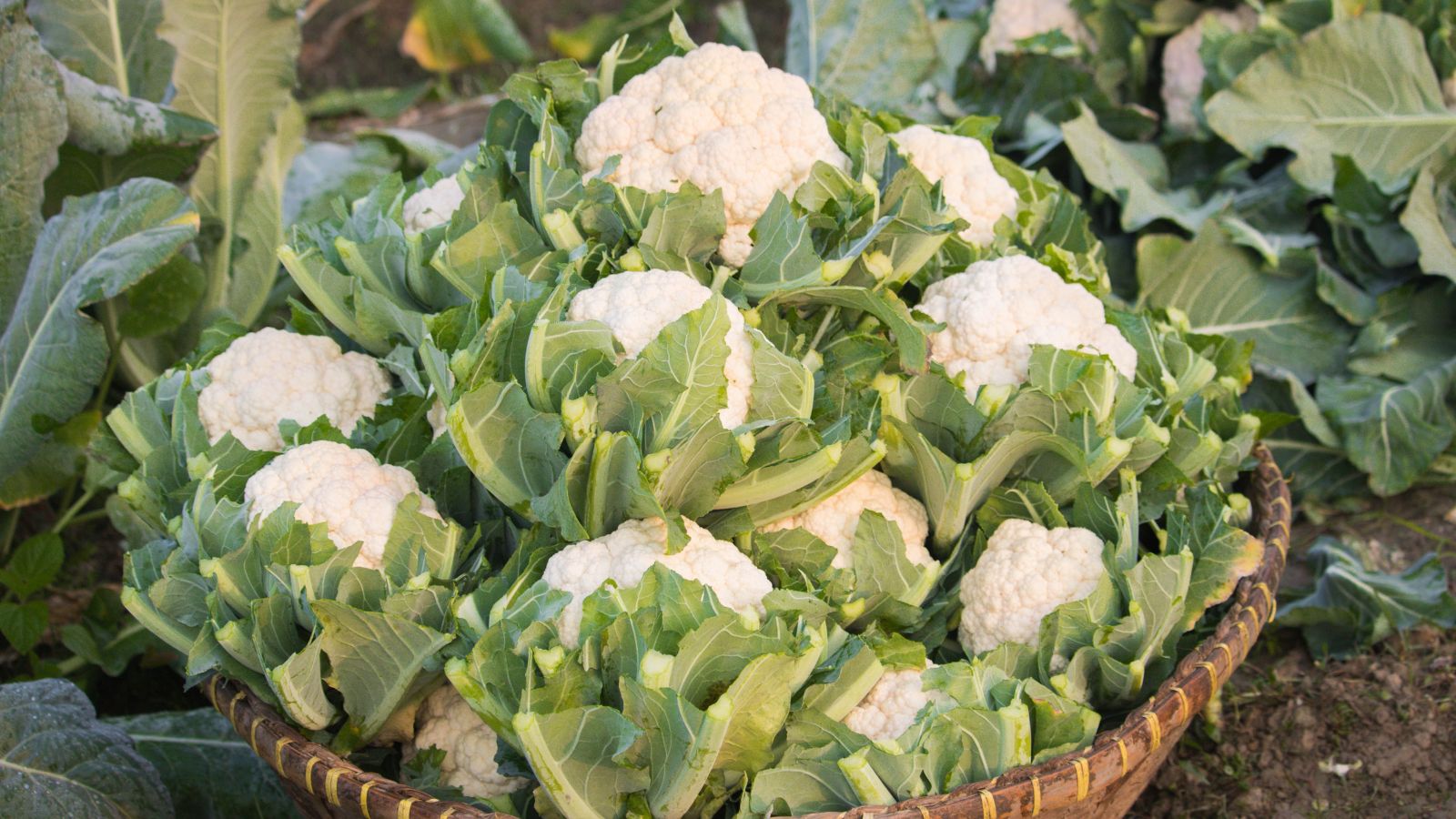
Cauliflower plants are famously fussy about their growing conditions, preferring generous space for their heads to form properly. When they’re crammed together, they produce loose, discolored heads or fail to head at all. Unfortunately, this means that growing cauliflower is best left alone until you have a larger space to grow them in.
Zucchini
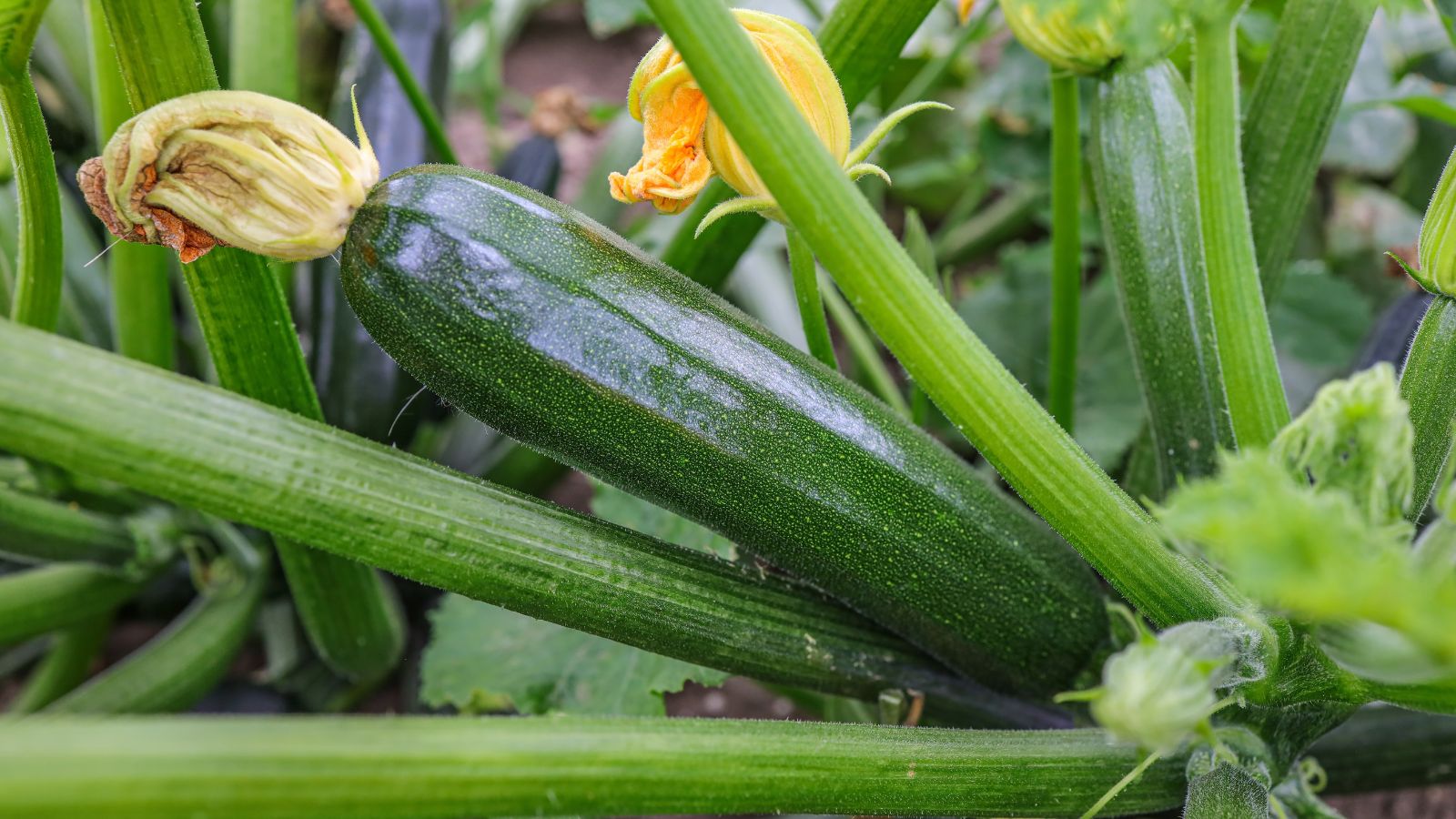
Anyone who has grown zucchini plants will know that they grow rapidly, but only if they have ample room to produce abundant fruits. They have a bushy structure, with wide leaves that can easily overwhelm nearby plants in tight areas, potentially leading to cramped roots, which will lead to fewer zucchinis. Powdery mildew can also form from poor air circulation, so zucchini is unsuitable for smaller spaces overall.
Sweet Potato
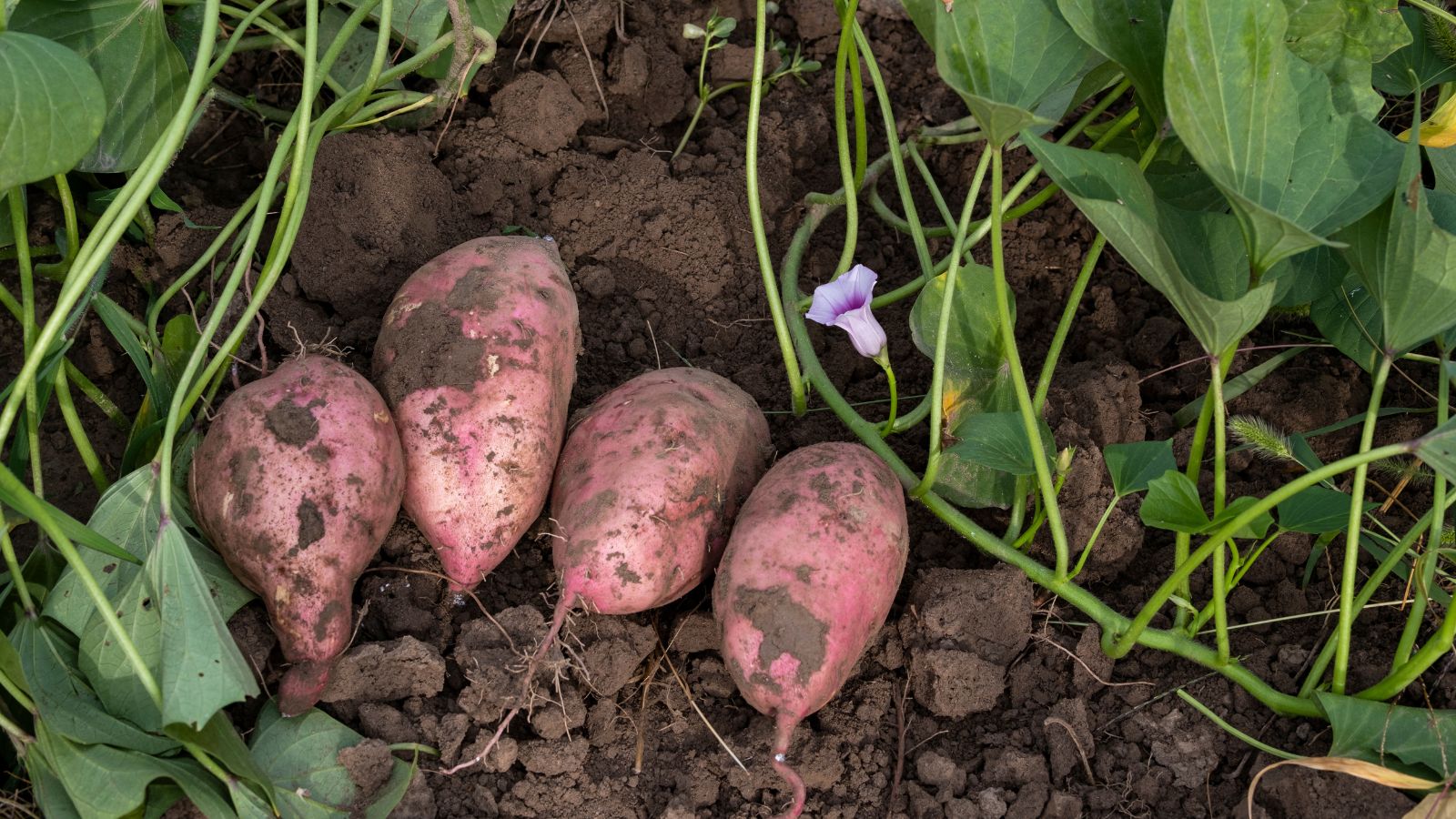
The extensive root systems of sweet potatoes mean that they need a lot of space to produce their starchy tubers. If grown in confined areas, their roots won’t have the depth or width to expand, leading to tiny, underdeveloped tubers, which would be sad. Overall, containers or crowded plots can limit their yield significantly, so it’s best to consider alternatives if you’re running low on space.
Brussels Sprouts
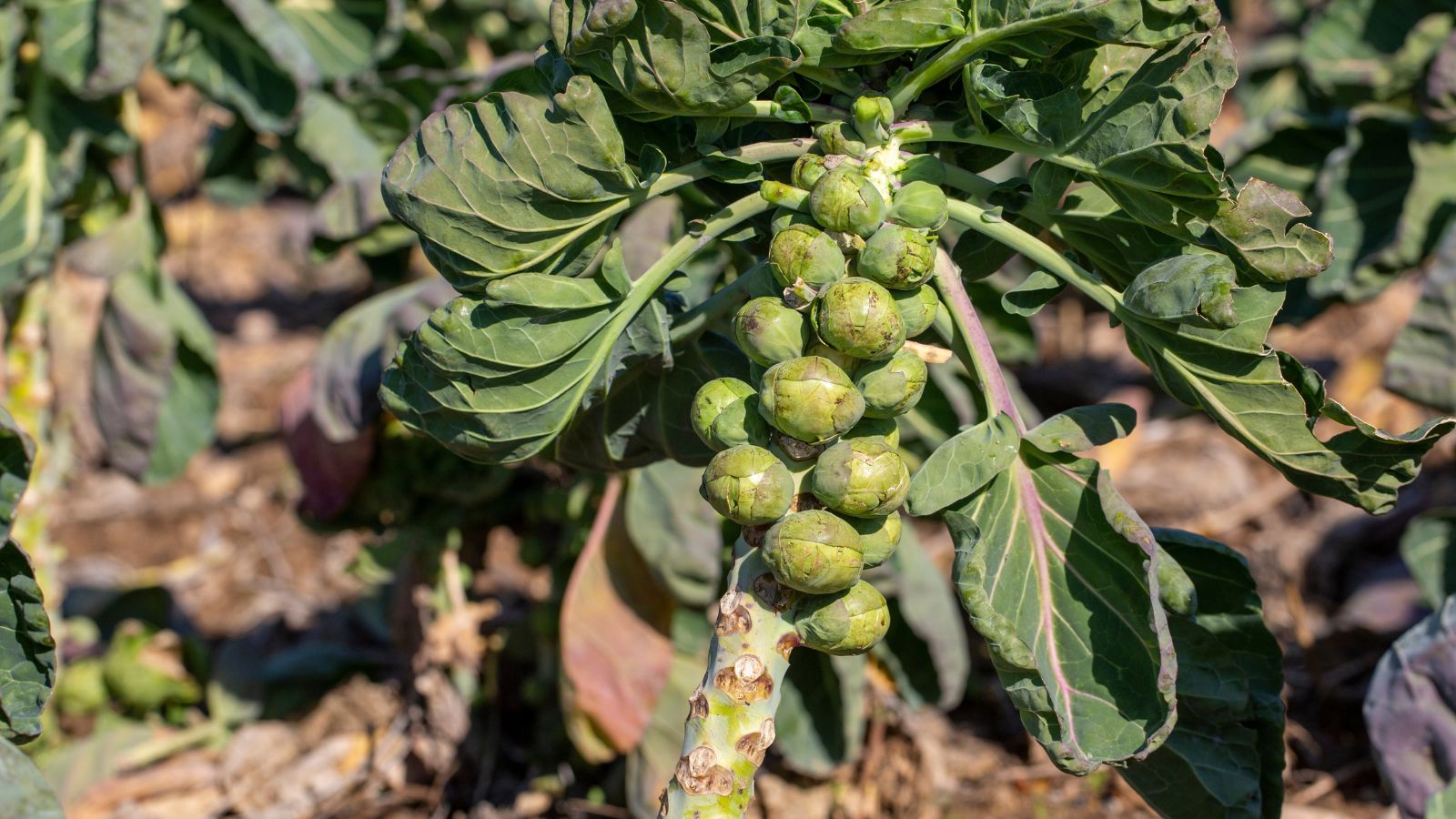
People often think that because Brussels sprouts grow vertically, they don’t need much space in terms of width or length. This isn’t true, though–they still need adequate space around them for healthy development, as their tall stalks and compact leaves require airflow to prevent disease. Annoyingly, cramped conditions will lead to fewer sprouts or even pest issues, so we’d recommend giving them a spacious spot or seeking other veggies to grow.
Winter Squash
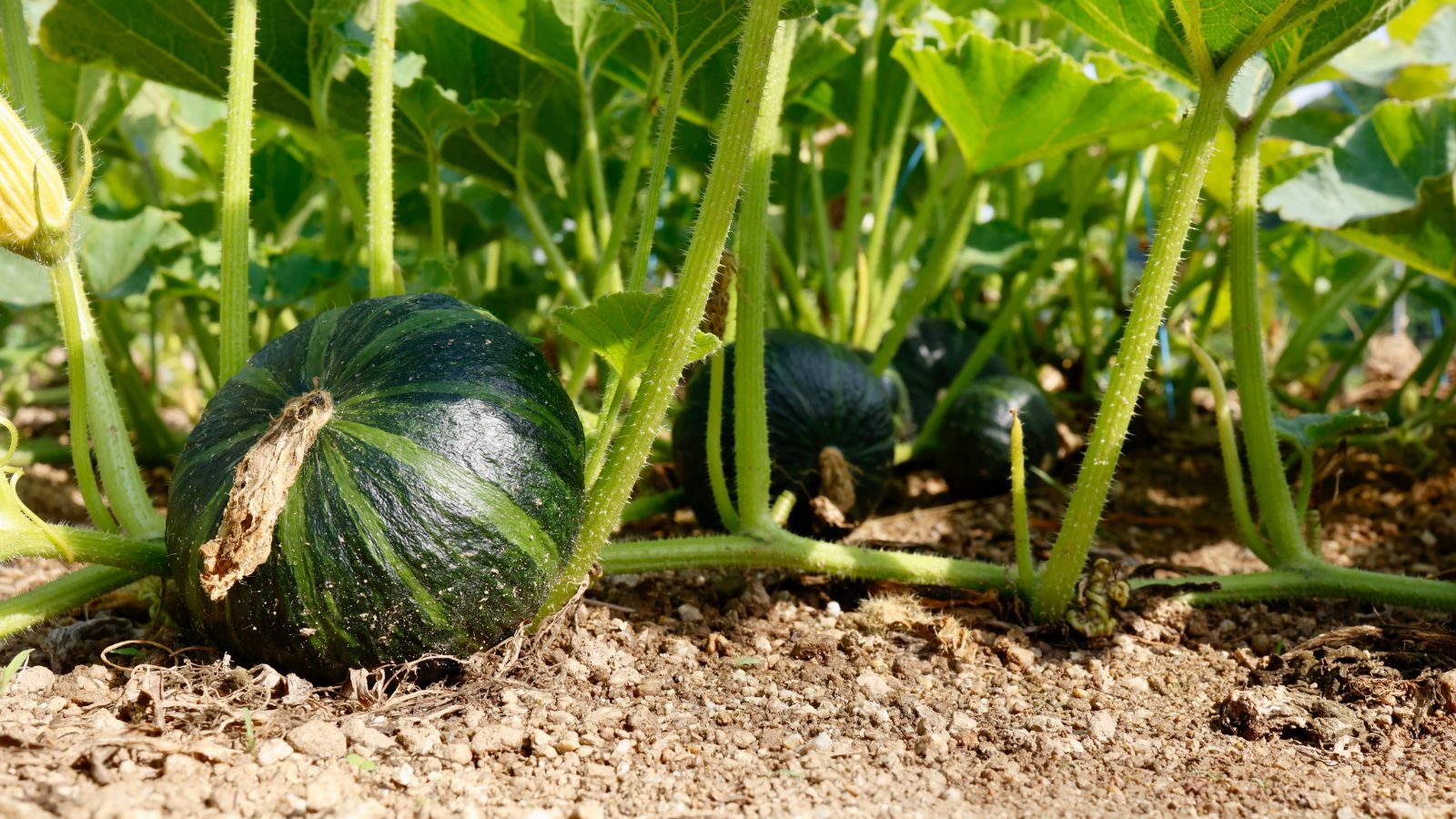
Winter squash varieties are vining plants that, like their summer cousins, need plenty of room to sprawl out. In fact, they demand a surprising amount of root depth and leaf spread to produce those hearty fruits. Naturally, this means that confined spaces cause stunted growth, poor fruiting, and increased susceptibility to pests.
Asparagus
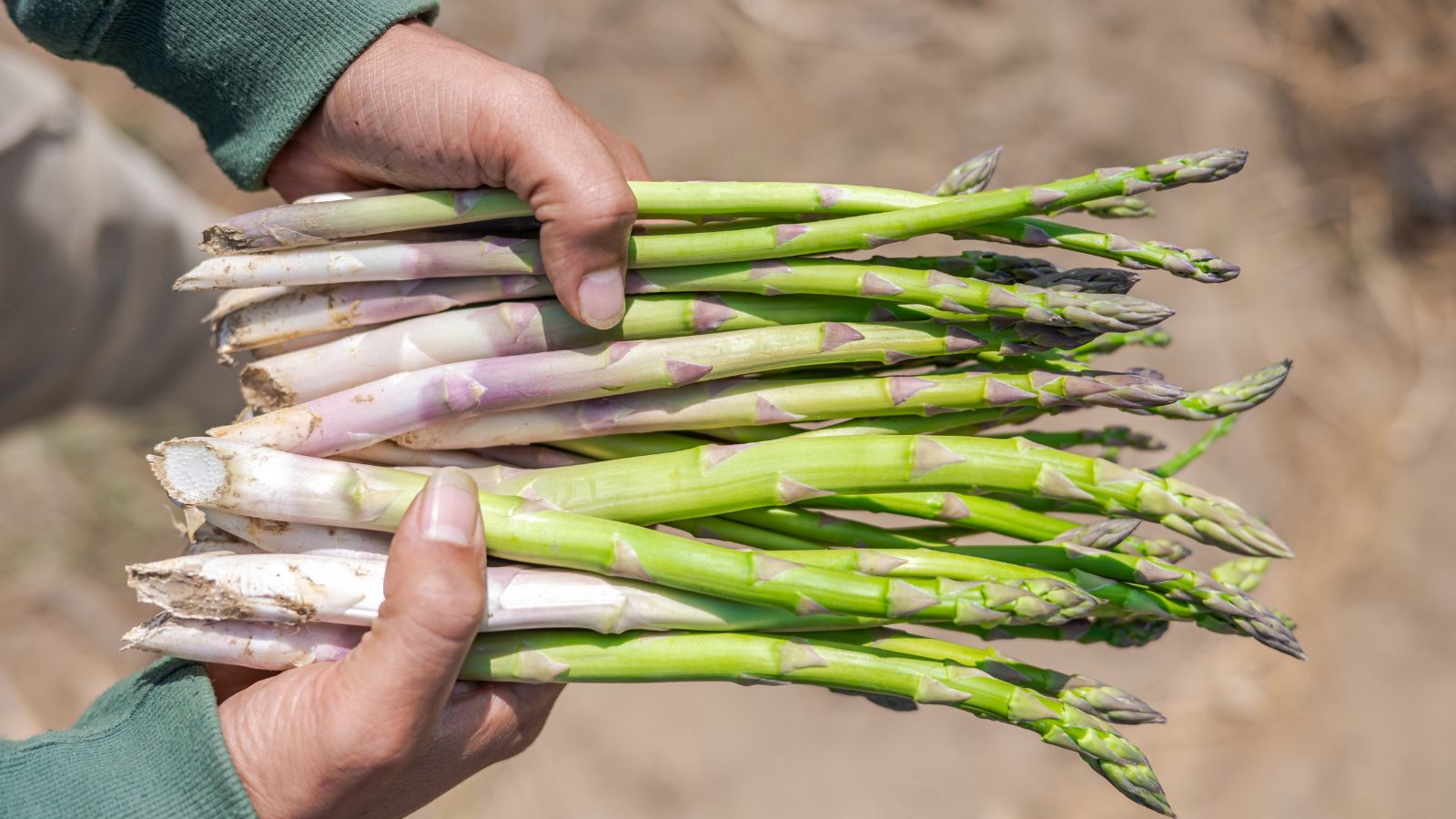
Another vegetable that will never thrive in small spaces is asparagus, a perennial vegetable with deep roots that expand over several years. Because of this unique feature, it requires a dedicated, spacious area to grow and won’t tolerate crowding. As a result, when grown in small spaces, it produces thin, weak spears that don’t stand up well to harvest.
Artichoke
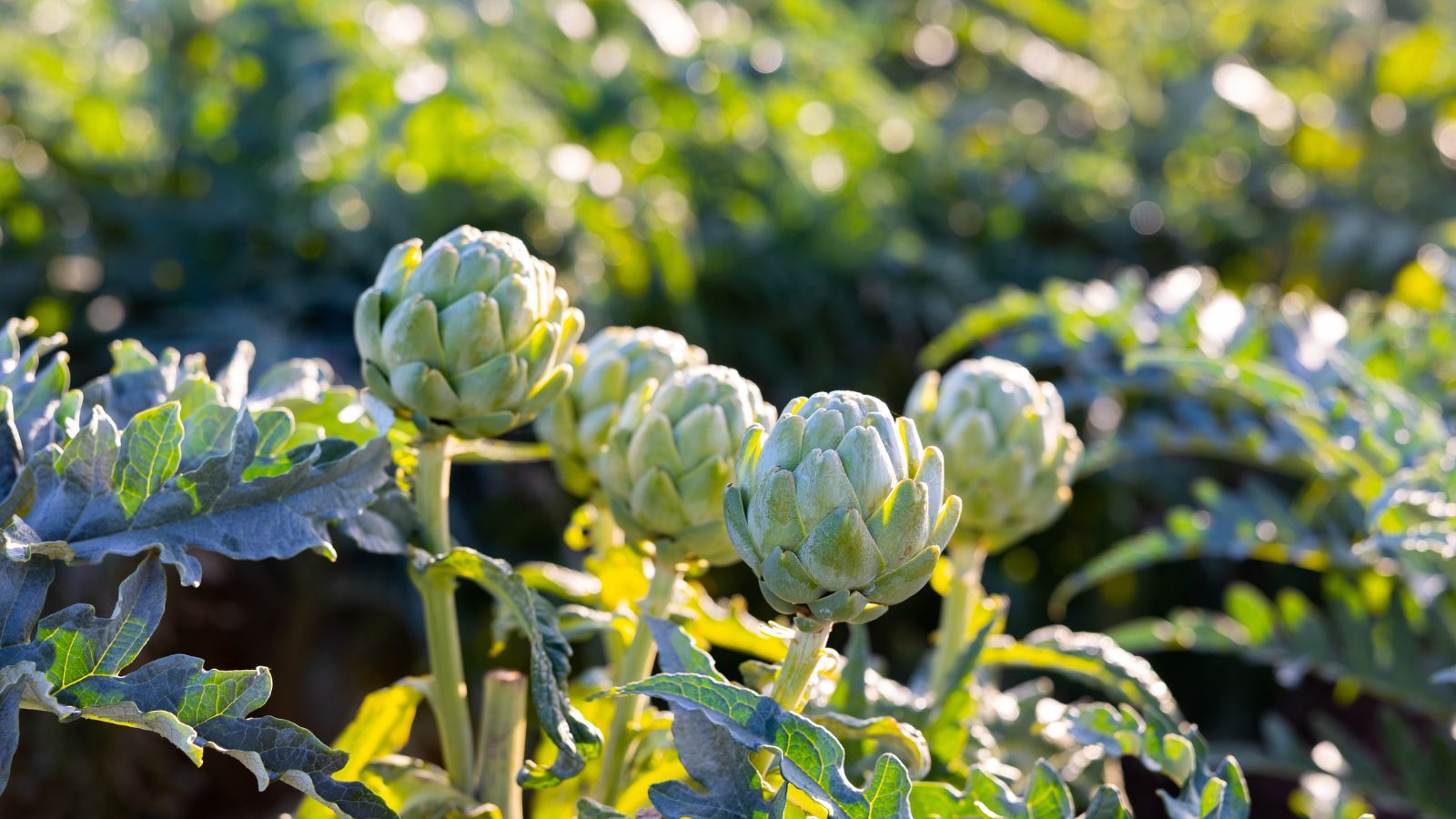
If you want to grow artichokes, we’re afraid you’re going to need plenty of space to house it. These large, ornamental plants spread both above and below ground, with their leaves creating a wide canopy and their roots digging deep. This means that small plots or containers restrict their ability to flourish, often leading to undersized buds–nobody wants that!
Potato
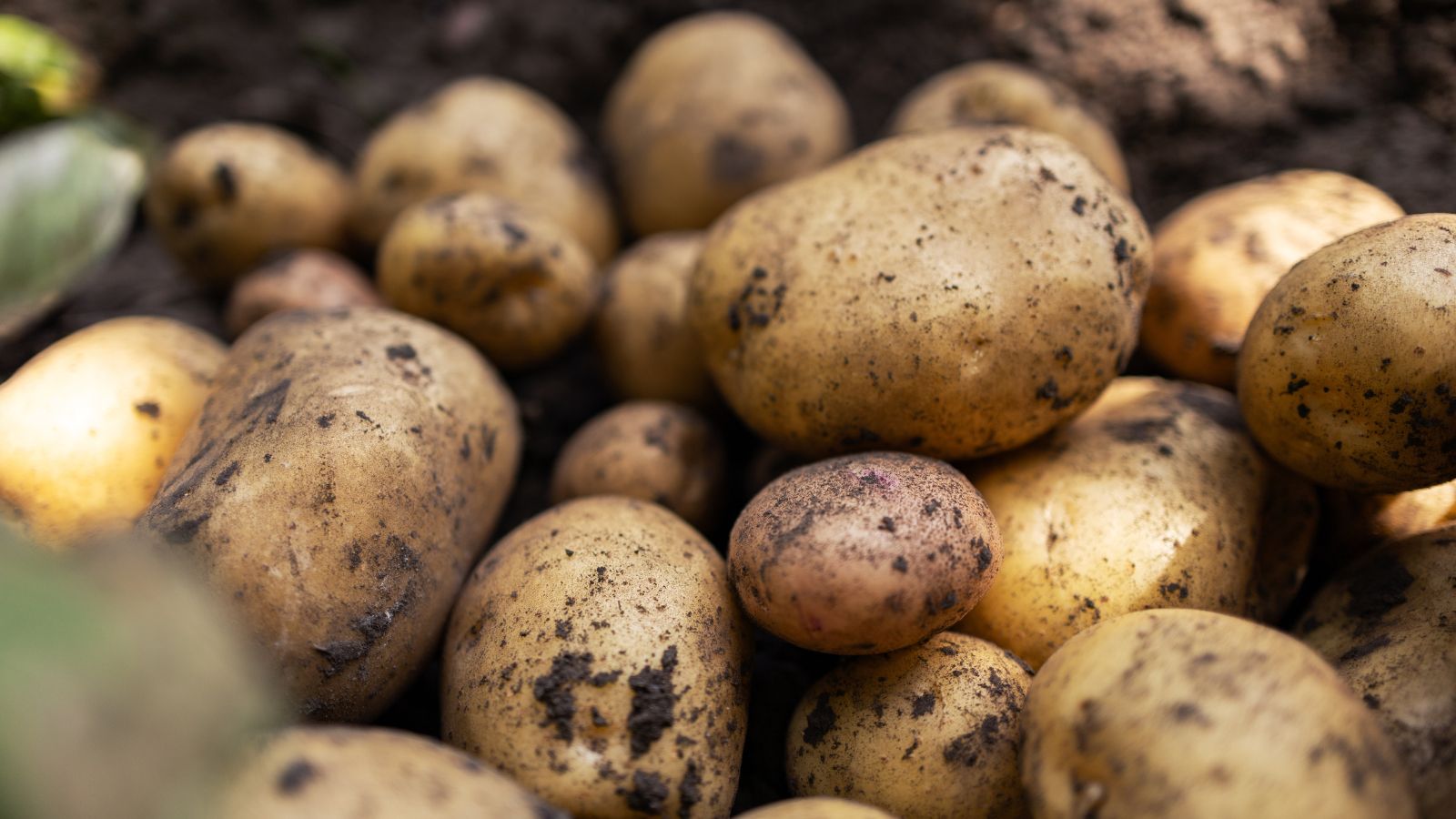
People often claim that potatoes can be grown in vertical containers with sufficient depth and nutrients, preventing the need for space. While this is partially true, your year will never be as impressive with a vertical potato plant as it would be if grown through traditional in-ground methods. Furthermore, crowded conditions increase the risk of blight and reduce productivity in potatoes, so ask yourself–is vertical potato farming really worth it?
Celery
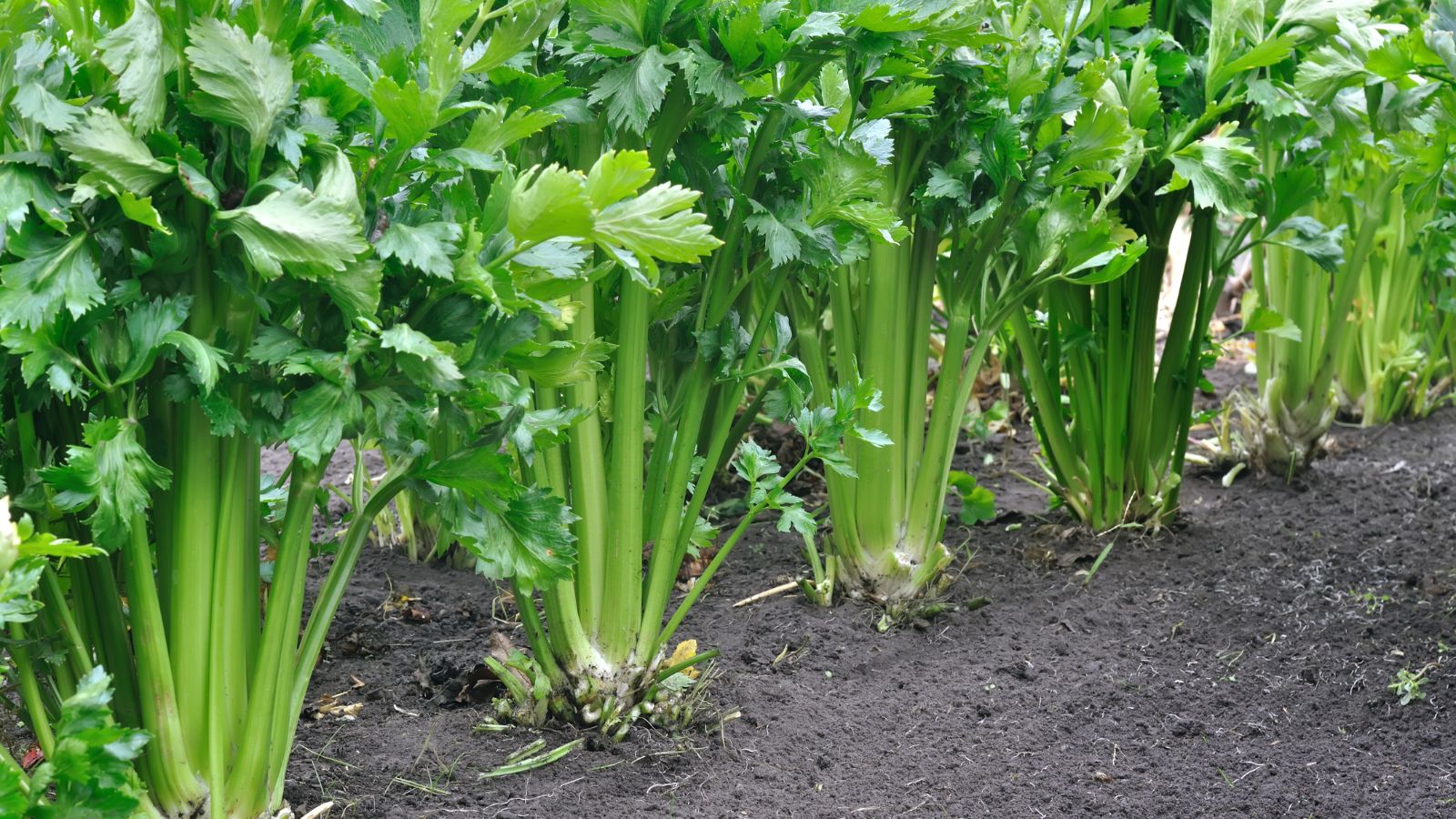
Due to being such heavy feeders, celery needs plenty of space to grow to its full extent, so crowded conditions will restrict its growth and cause thin, stringy stalks. In small spaces, they can also struggle to stay hydrated and take up nutrients, leading to weak and bitter-tasting celery.
Eggplant
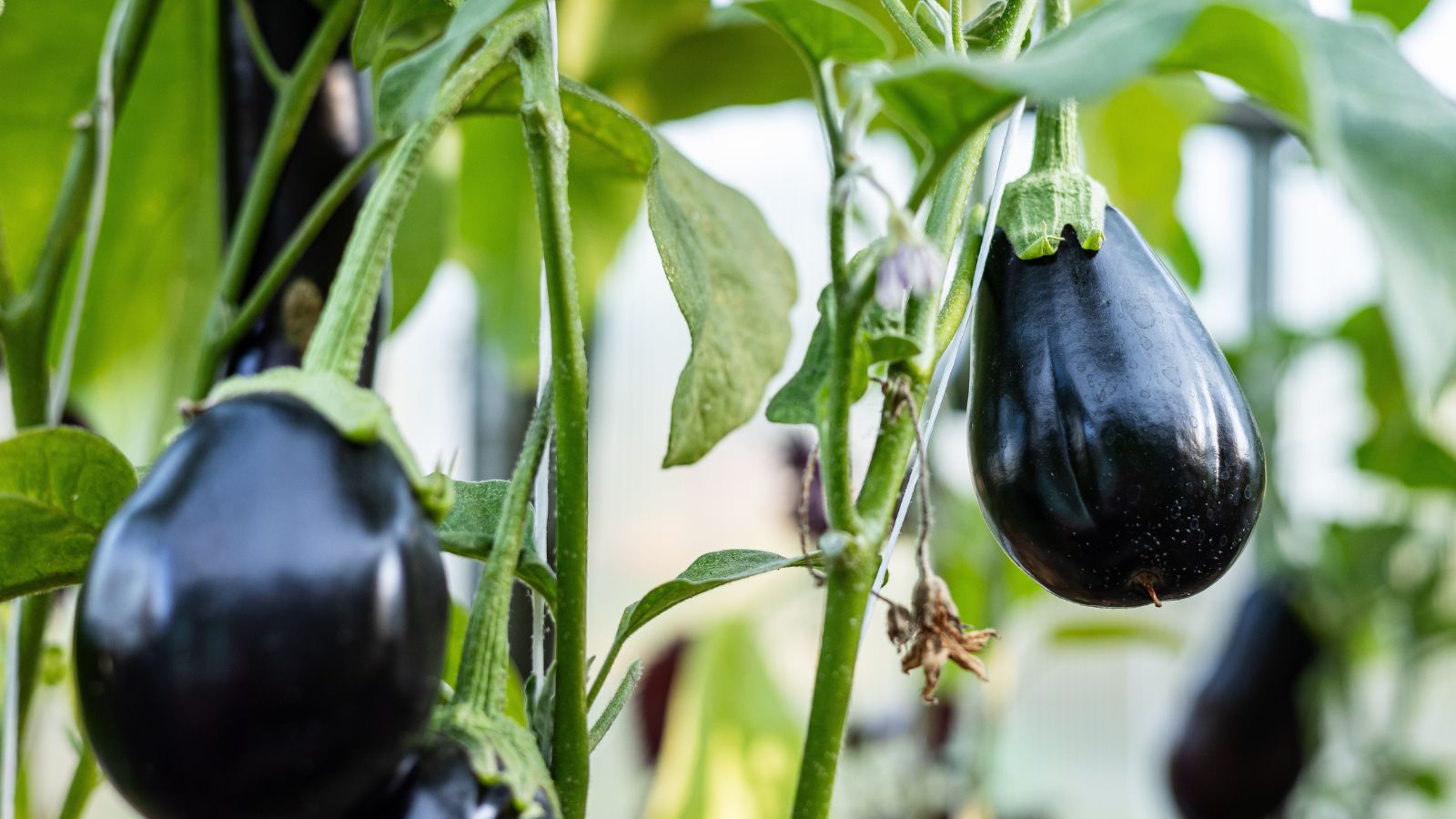
Eggplants are sun-loving plants that need space to grow sturdy stems and abundant fruit. Tight squeezes just aren’t their cup of tea and will cause them to become spindly and misshapen, unable to support their weight. Eggplants also need room for airflow to avoid fungal issues, so it might be worth giving them a miss if your yard is running out of space.
Broccoli
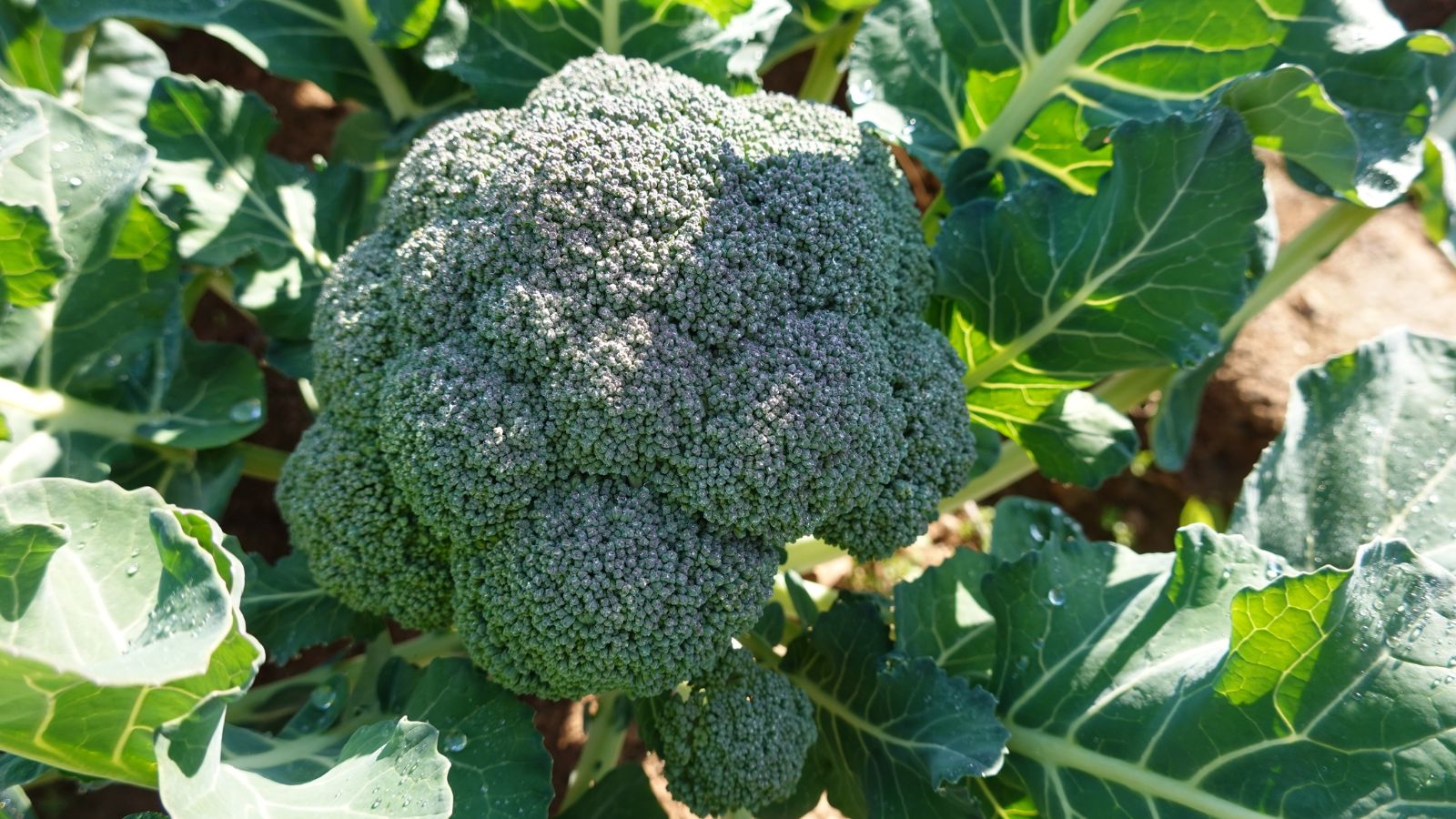
Similar to cauliflowers, broccoli plants develop large heads and, therefore, require space to spread their roots and leaves. Frustratingly, confined areas will only lead to stunted growth, tiny heads, and often poor flavor. Sure–you could try, but is it really worth the effort when you could simply wait until you have a large area to grow them in?
Okra
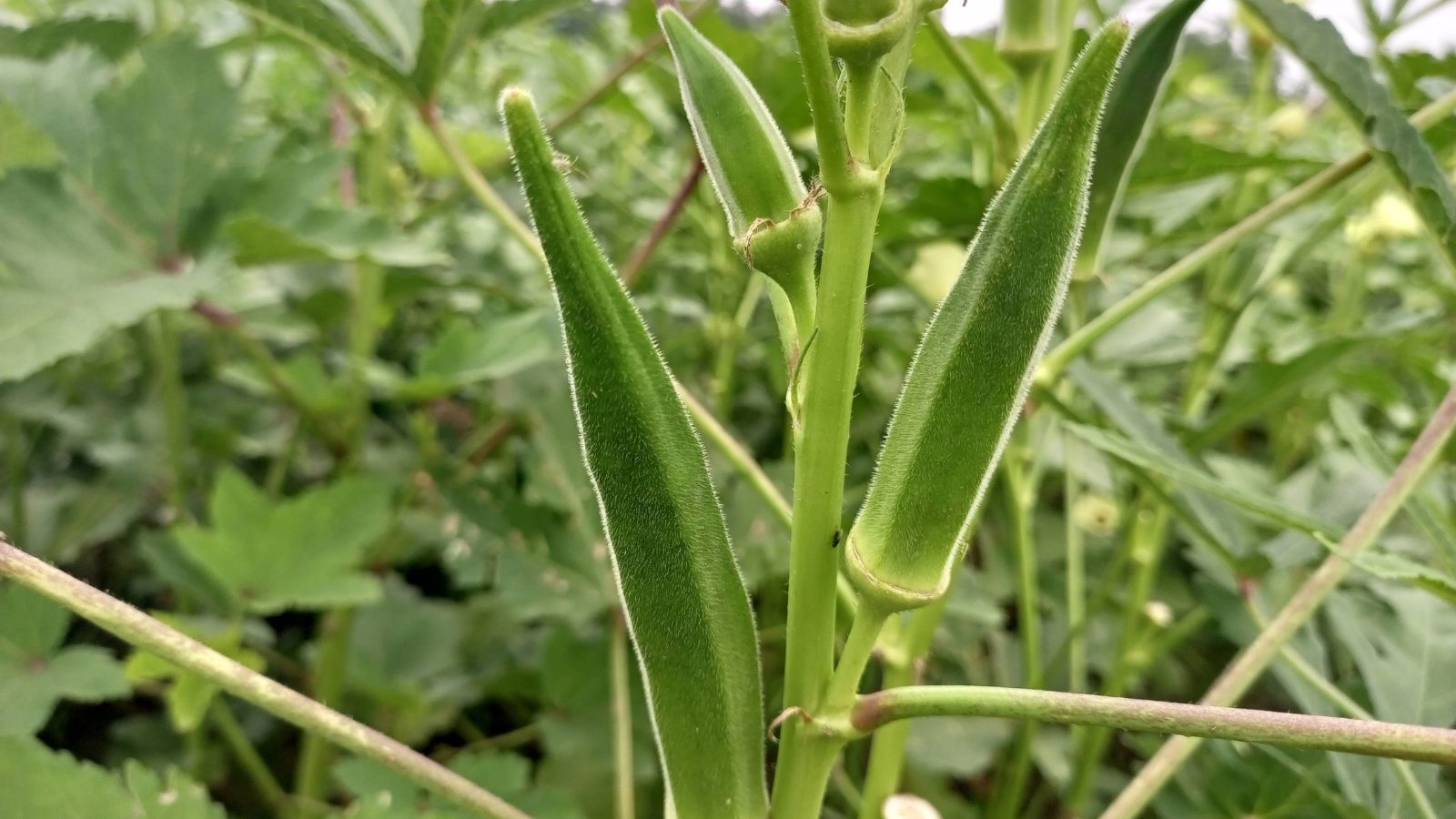
Finally, it’s probably not worth trying to grow okra if you’re limited on space. This vegetable grows best in warm, sunny spaces with plenty of room for its tall stalks, and in cramped spaces, it can struggle to produce those distinct, green pods. The plants can often become weak and leggy, too, without enough space, not to mention the airflow problems they can suffer from. So, for a truly robust okra harvest, plant them in an open, sunny plot.
